Inside Sephora’s Brand Building Expertise
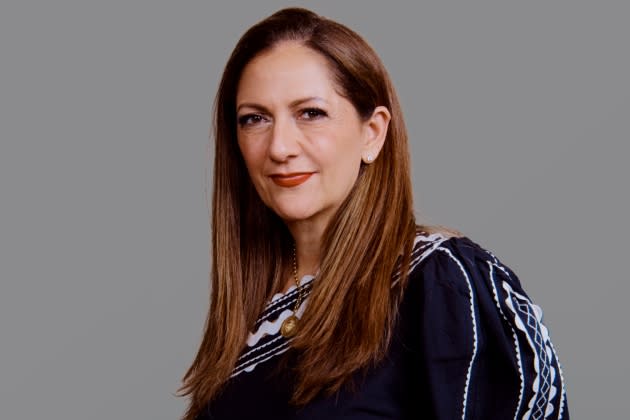
If you happen to be sitting next to Artemis Patrick on an airplane and you pull out a lipstick, say, or some hand cream, don’t be surprised if she reaches over to get a better look.
As executive vice president, global chief merchandising officer of Sephora, Patrick is constantly on the hunt for what’s new and next in beauty and her antennae have been finely tuned since joining Sephora in 2006.
More from WWD
“I constantly ask people what they use and wear — it’s a little creepy,” she laughed. “But I’ve always been a huge beauty junkie. I started wearing makeup as soon as I was old enough.”
Patrick vividly remembers the second-floor makeup department of the first Sephora store she ever visited in San Francisco, before she had joined the company — “You had to go upstairs to makeup because it was secondary to fragrance back then” — and being blown away by then-indies like Lorac and Stila.
“It was so cool — it was like beauty Candyland,” she said. “There was this excitement of seeing something new, seeing something different, and to this day, it hasn’t changed.
“We just went through our fall ‘big bets’ meeting with the makeup team and I was like a kid, screaming with excitement,” she continued. “That’s true for all of us — whether you work in technology or supply chain or PR or merchandising, we love product. It’s something that’s ingrained in us.”
At a time when customer-centricity is the holy grail of retail, that passion has paid off handsomely for Sephora. After all, it takes a beauty junkie to know one.
“Sephora owns that beauty junkie consumer,” said Vasiliki Petrou, chief executive officer of Unilever Prestige. “They are catering to the consumer with innovation — they’re always on the cutting edge of what’s new and they’re fearless about starting new categories, like sexual health or ingestibles. Sometimes it might not work and they move on, but it’s a good indication of people who are fearless about trying and testing the new.”
Since its debut in the U.S. market, Sephora has become renowned for being a launch pad for emerging brands. While originally that was out of necessity — many of the established brands of the time declined to go into Sephora when it first opened in 1998, the incubation of indie brands has since become one of the retailer’s defining features. “Today, brand incubation is an everyday phrase, but it developed through necessity,” Patrick said. “Now, it is something that is so core to our merchandising team — working with founders and helping them evolve over time and creating bespoke marketing and business plans that are catered to their needs.
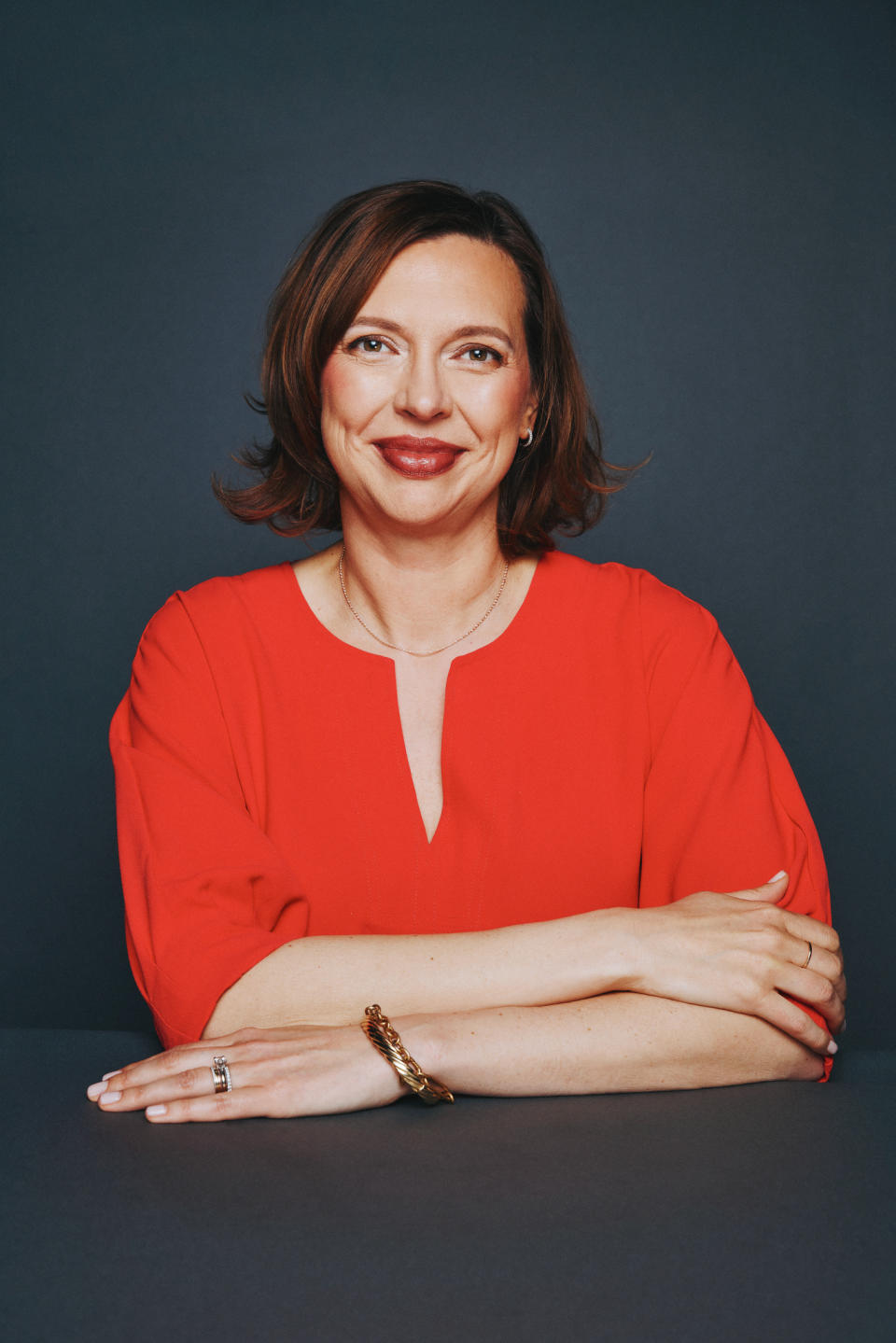
“There’s no one-size-fits-all,” continued Patrick. “We work with each brand to build out a three-year plan that is right for their needs and fits their P and L model.”
When Patrick says she and Sephora’s merchant team of about 200 in North America alone work closely with brands, they mean it. Tatcha’s founder Vicky Tsai, for example, remembers meeting Cindy Deily, today the vice president of skin care merchandising, shortly after she launched her brand online with blotting papers.
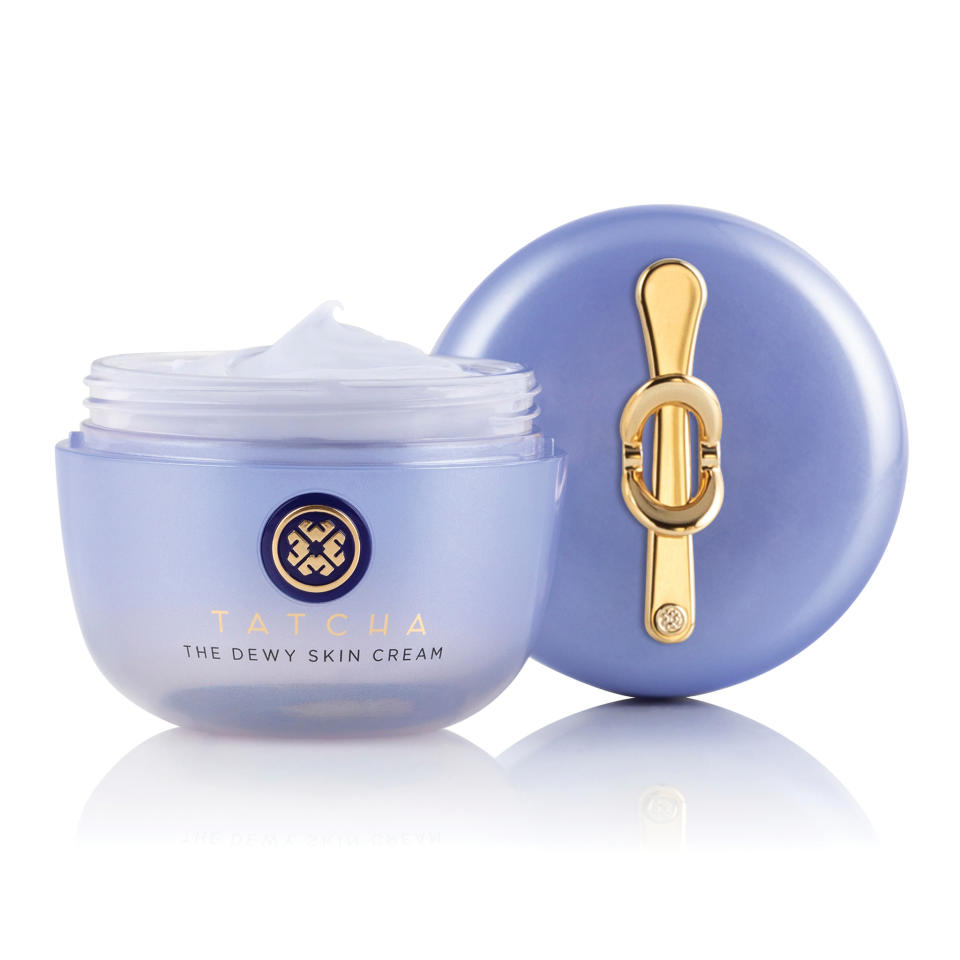
“She was the first retailer to reach out and say, ‘we need to meet,’” Tsai remembered. “We weren’t ready to launch with them for about five years after that — it took time to develop the collection and build up the team and the capital to be a real partner to them — but from the first time she reached out to when we launched our first four-piece collection, Cindy was in touch every month, giving me guidance and mentorship.”
“They get into the kitchen with you,” agreed Mona Kattan, founder of Kayali and cofounder and global president of Huda Beauty who worked closely with the team on the launch of Kayali fragrances. While the brand did well out of the gate at Sephora in Dubai, its performance in the U.S. was more challenged.
“It was doing OK, but not amazing,” Kattan said. “We said, ‘tell us what we need to do and we’ll make it happen.’ They literally came into the kitchen with us to develop a fragrance for the U.S. market — they gave us feedback and treated it like their own brand.”
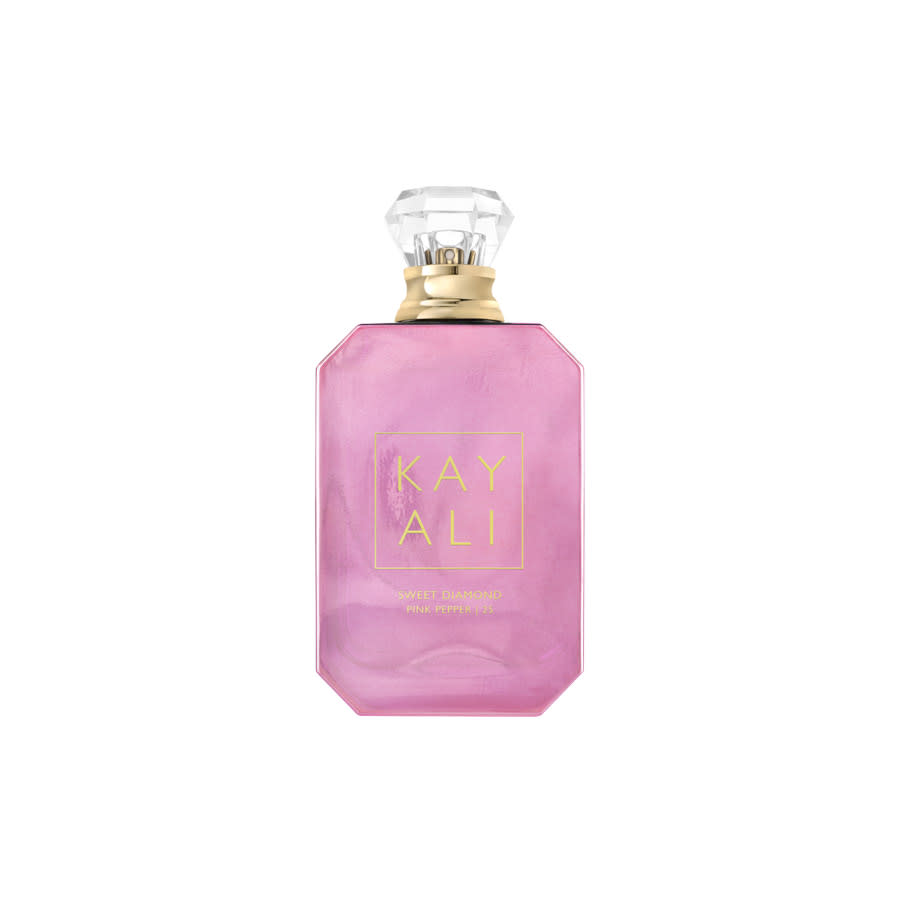
The result was Kayali Eden Juicy Apple, which become a bestseller for the brand in the U.S.
“The support they gave us helped us resonate with the North American consumer and was pivotal for our partnership,” Kattan said. “They’re part of the product development piece, but they’re not pushy. They give you their opinion, but say you have to trust your gut because that’s what keeps you different from other brands.”
With more than 345 brands and a stock keeping unit count that fluctuates from 25,000 to 35,000, differentiation is a key component of success in the Sephora store environment. “At the heart, does a brand have that authenticity, a story that will resonate with clients,” said Carolyn Bojanowski, executive vice president of merchandising, U.S. “Time and again, we’ve seen that with brands that have come up and been successful. I think about brands like Tower 28, Caudalie, Kosas, brands with an unwavering point of view of who they are,” she continued. “Everything else follows. If there is a kernel there, we will help you grow and tell you the nuts and bolts of what typically works in our environment, and a brand with guts, heart and authenticity will end up shining.”
Patrick, Bojanowski and the team like meeting with founders early on — as when they first started talking to the team behind Rare Beauty and they would come with “plastic bags of goop,” said Patrick or Milk Studios founder Mazdak Rassi, “when it was still a photo studio and not a product line.”
Tiffany Masterson, the founder of Drunk Elephant, was in contact with Sephora’s Priya Venkatesh, today the senior vice president, global merchandising, a year before she had product to show, who helped shape the brand’s direction.
“They help synthesize ideas and help you make it clear to consumers,” Masterson said. “Early on, they said, ‘we need you to describe your brand in three words — let the consumer know quickly how they can identify you.”
Drunk Elephant launched in Sephora in 2015 and four years later, Shiseido bought it for $845 million.
And while the brand’s scale has increased exponentially, the collaborative relationship remains as close as ever. “It’s such a solid partnership. I can’t wait to get on the phone with them and say, ‘this is the product I want to make, this is the name, these are the ingredients,” said Masterson. “It’s thrilling to this day to hear the feedback and it’s not always positive — sometimes it’s instructive, sometimes it’s criticism, but if you are open to growing and change and keeping up with their community, you will learn a ton. It’s not a place where you can be stubborn or a know it all and this is what’s so exciting.”
Drunk Elephant first launched on Sephora’s website, before being featured in-stores on a discovery wall. As the retailer has grown over the last 25 years, that has become the go-to-market model for launching brands.
“We’re a machine of let’s try, let’s go fast, let’s see if this hits with the consumer,” Bojanowski said. “Because dot-com is so large and solidified and a great connection with our store, we test a lot online and the speed with which we can go there is fantastic.
“With in-store, it’s a longer lead time,” she continued, “but we have great forums to test brands, like our Next Big Thing wall, towers and end-caps. There is no one size fits all.”
The breakout skin care brand Drunk Elephant first launched online in 2013 and then on sephora.com in 2015, then in-store on a discovery wall before a full-scale roll-out.
“They launched us on a discovery wall, which meant it wasn’t a huge investment for the brand. To invest in an end cap and be on every door would have been astronomically expensive — we were too young to do that,” Masterson said.
Westman Atelier has followed a similar trajectory. Sephora.com was first, in 2021 — and after the brand hits its first-year goal in four months, a limited number of stores followed. When that proved successful, the floodgates were open. Currently Westman Atelier is in 140 doors, a number scheduled to increase to 250 by next February.
“That kind of guidance and hand-holding gives a younger company more time to build an infrastructure to support the growth and the different functions that you have to put in place to Sephora the Sephora business,” said David Neville, cofounder with his wife, makeup artist Gucci Westman, and chief executive officer. “The type of rollout that we’ve done gave us more time to better plan inventory to support the business. It became less of a financial burden at the outset than if we’d launched 400 doors from the get-go.”
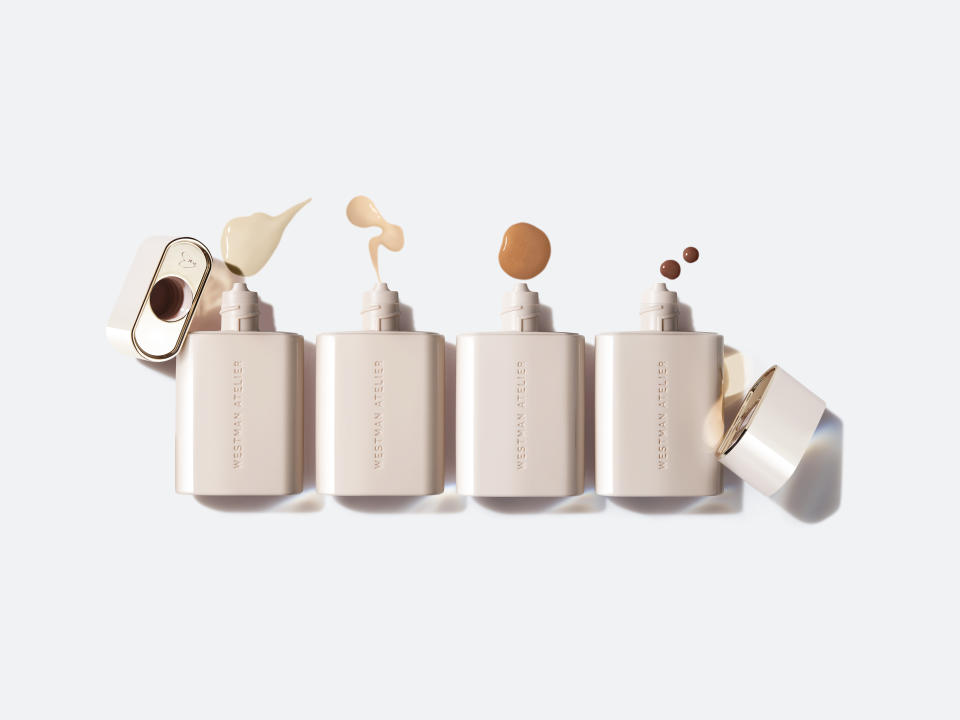
Beauty On the Fly — the area that ushered in the mania for minis — has been another key lever for Westman Atelier and other emerging brands. “From a customer acquisition and brand awareness point of view, it’s invaluable,” said Neville, noting that Westman is in all-door distribution in the category. “Thousands of customers every day are being introduced to the brand who wouldn’t otherwise discover it and they can go back to sephora.com or our site and learn more and buy the products.”
First created in 2014 by then chief merchant Margarita Arriagada, Beauty on the Fly is a fixture at Sephora. Likewise, a significant number of its senior merchants have been with the retailer for the majority of their careers. Patrick is marking her 17th year and Bojanowski her 18th. Venkatesh has been there TKTK years; Alison Hahn, senior vice president of makeup and fragrance, 11tk years, and Deily, who today is vice president, skin care, wellness and tech merchandising, 17 years as well.
“The team has been there a long time. It’s a large organization, but it’s not this big bureaucratic structure,” said Scott Friedman, CEO of Rare Beauty. “It’s better to have experienced people who make good decisions rather than 20 levels of hierarchy.
“We continually learn from them and we feel listened to,” he continued. “I really like their collaborative style.”
“They grow teams — they don’t shuffle them around,” said Carrie Gross, the CEO of Dr. Dennis Gross Skincare, which launched in 1998 and entered Sephora in 2002. “They know what their team members strengths are. They’re careful with career building and they don’t lose people. That’s incredible,” she continued. “The team knows our brand history and story almost as well as I do, because they’ve been part of it for almost as long as I have.”
Moreover, that extends beyond just the merchandising team and its relationships with brands. Internally, Sephora’s departments are synched as well. “Everything is so cohesive,” Gross said. “When you have a market meeting, you’re sitting in a room with about 30 to 40 people. You’ve got your planning and inventory people alongside the merchandising and marketing team and events and education and digital,” she continued. “Everyone is there. You feel supported and understood. They ask a lot of questions and debate back and forth. We all leave the room understanding the go-forward strategy.”
At the helm stands Patrick, whom many in the industry consider a brand whisperer with a genuine affinity for brands and their founders. “I say all the time I don’t have the guts to do what a founder does — I like my steady paycheck,” Patrick said. “I’ve heard story after story of founders who have given up everything. I have so much respect for that and I look for a team who has the same compassion.”
Patrick has helped foster the growth of many of today’s biggest brands and she considers the most successful relationships to be a two-way street. “The most successful brands are those that continue to not get distracted by the competition,” she said. “They have an idea and they are able to push through that. They don’t get in a category if it doesn’t make sense and they’re constantly updating and innovating.
Supergoop and Sol de Janeiro are two such examples, Patrick said. “They paved their way and they never strayed.”
A strong operational team is also essential, one that understands sustained brand growth rather than a rocketship-style launch that quickly comes back down to earth. “You want steady, solid growth and to build a strong P and L, a strong team, little by little rather than getting too big and too spread out,” Patrick said.
As for exclusivity — it’s important, for both Sephora, shoppers and the brands themselves. “Exclusivity and differentiation are important — this is what the client is asking for,” Patrick said. “The client is looking to us for what’s hot, what’s new, what’s trending, what’s unique. We owe it to them to offer differentiated product.”
In terms of trending categories, Sephora is focused on continuing to grow the prestige hair category and is also in the process of defining wellness through its lenses. “It’s important for us to hone it down to what makes sense for Sephora to sell,” Patrick said. “We’re talking about categories like body care, SPF, fragrance.
“That’s why fragrance grew during the pandemic — it evolved to a moment of mood enhancing self care.
“As beauty retailers,” she said, “we have to think about not just wellness as this term that is hot to say but what does it actually mean to the beauty consumer and how does it enhance my life and lifestyle and my skin and the way I feel?”
For Patrick, the joy of discovery is as palpable today as it was when she first started. Jerrod Blandino and Jeremy Johnson of Too Faced were Patrick’s first founder meeting, and the brand’s Lip Injection lip plumper gloss had just launched. “We were all so excited and everyone was trying it on,” Patrick remembered.
For Patrick and her team, that feeling hasn’t changed. “There’s always this feeing, this excitement, like, ‘Oh, I want to take this home,’” said Bojanowski, pointing to her heart. “There’s always the merchant gut, the connection and curating and editing of brands that has been a cornerstone of our success.
“It goes back to the team,” she said. “You can’t bottle this energy that we have for the products and brands.”
Best of WWD

